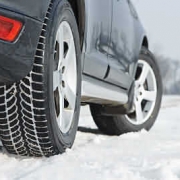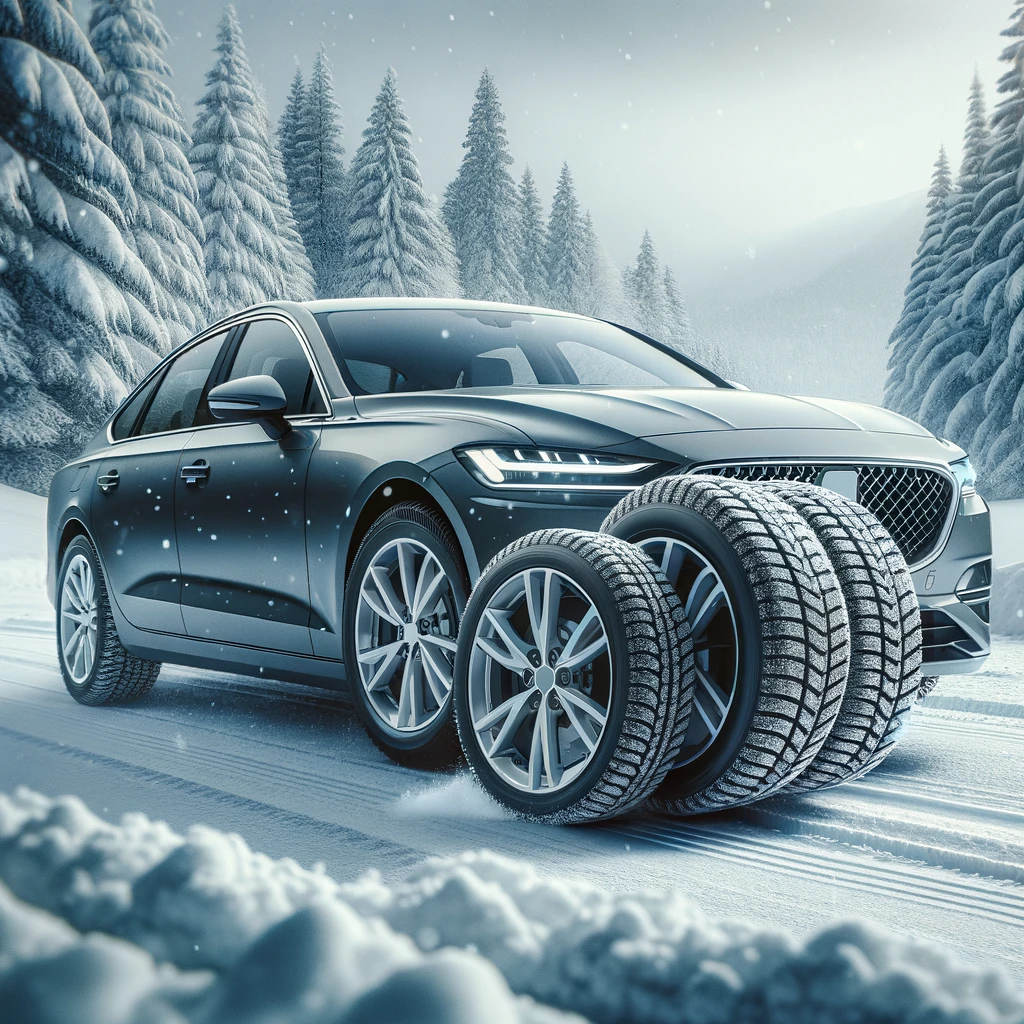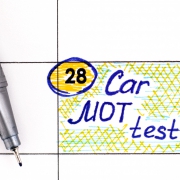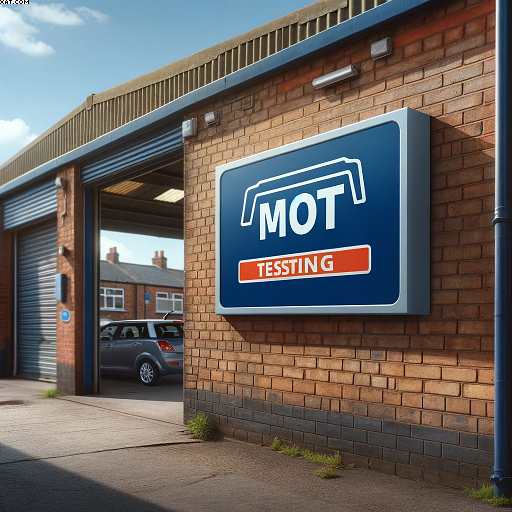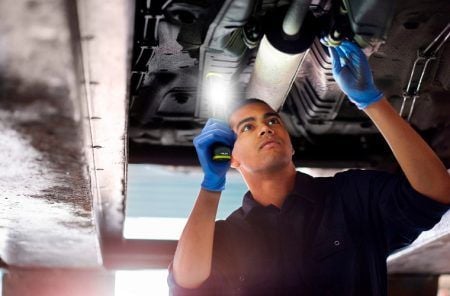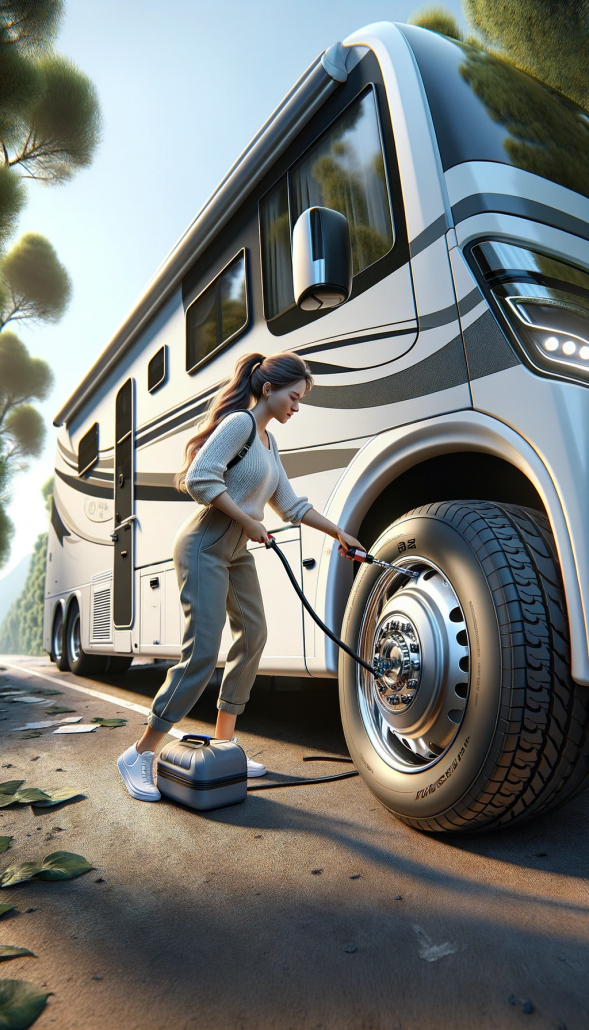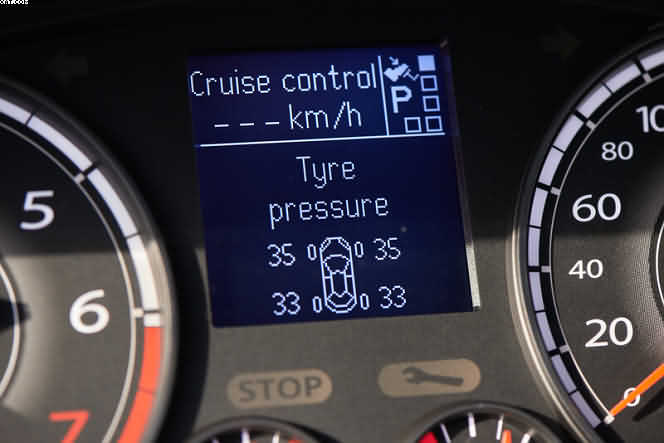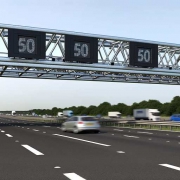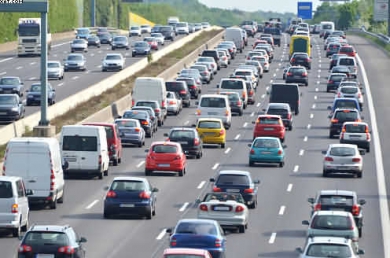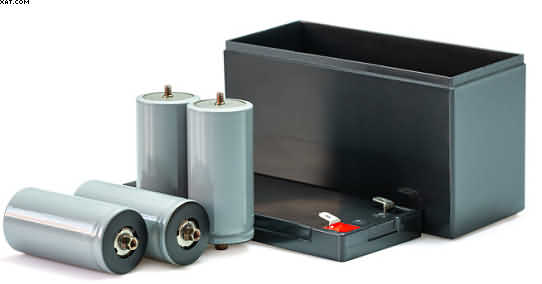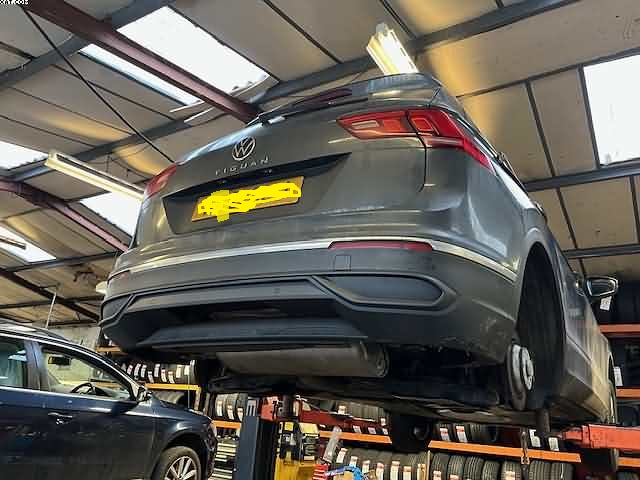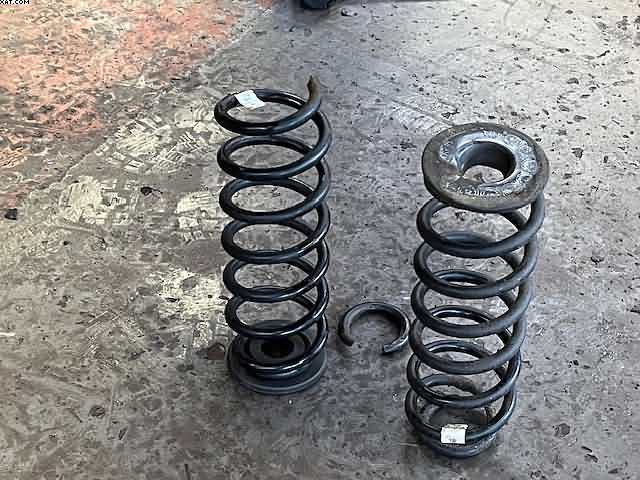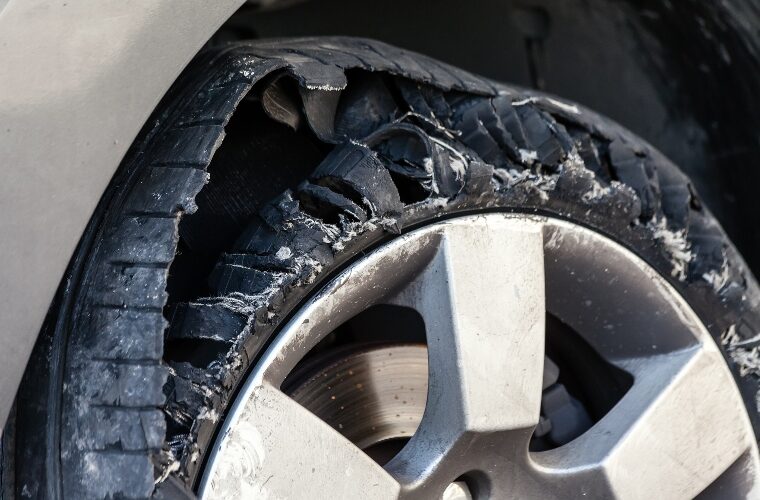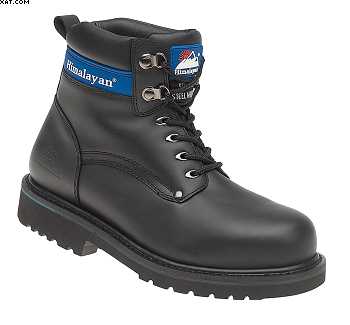Good Windscreen Wipers are important.
Table of Contents
Good windscreen wipers are important

Good windscreen wipers are important.
So when our wipers fail, we all know what a nightmare it can be.
Especially when driving your car in to the winter sun with a dirty windscreen. I am sure that it happens to us all at one time or another. Of course, we all know that the answer is:? Make sure you clean your windscreen. Including all other windows regularly and before any kind of journey.
Naturally this will prevent dirt and grime building up. Making it impossible to see. Because, your window wipers just spread the dirt and grime across your windshield. Possibly, causing obscurity and restricting your view.
Winter time brings added problems when it comes to a clean safe vision. Washer jets often freeze up in winter time. It is important for safeties sake to make sure that your washer jets are clear of any dirt or frost. Hence before setting off on your journey. Jets that be accessed can be cleared of dirt or frost by using a safety pin to clear the hole that the washer fluid comes out of.
Good Windscreen Wipers are important; make sure wiper jets are not blocked?
Some models of cars allow you to adjust the angle which the solution is fired at the windscreen (adjustable jets) So after you have cleared the washers, ensure they are at an angle that will get the best overall spray coverage. This is especially important when driving at high speeds on the highwayOther drivers have sprayed us all with their spray jets set at the incorrect angle.e.
My advice is to try and aim the jets near the lower central area of your windshield. So that even at high speeds your windshield will get necessary cover. Very often drivers spray every other car but their own?
Ice scrapers are always a handy tool to carry in your glove compartment.
This will ensure that you will be able to safely scrape all the ice and snow from your windscreen. A good recommendation is an old credit card. In fact, I have used this method myself when caught out away from home in ice and snow.
As well as scraping any snow and ice off of your windows. So, you need to make sure your washer fluid doesn’t freeze on you or worse still run out. In colder weather we have all seen how the salt on the UK roads mixes with the rain, ice or snow. When this mixture dries, salty deposits can build up on your windscreen and obstruct your view. When your washer bottle freezes or runs out of fluid then you visibility reduces to nothing.
Good Windscreen Wipers Important: Add the correct amount of antifreeze to your washer bottle?
As a result, make sure before any journey you have a full tank of washer fluid and a suitable amount of antifreeze or solution is used. If you are not sure what to do then your local garage would be only too pleased to help you out. If it is a prolonged winter then very often you will not use water at all and just pour the concentrated solution into your washer tank instead.
As I have said earlier in the article, driving in the winter can be made particularly difficult. Especially, due to the low position of the winter sun in the sky. Often dazzling drivers. So you should take care to wear sunglasses (even in winter) pulling down your sun visor whenever it is required.
Of course, drivers should take extra care when driving into the winter sun. Even with a clean, spotless screen. Be especially aware of any sudden braking or pedestrians. When the sun is low, which is often during the day, people are driving to or from work.
Good Windscreen Wipers are important; check before winter arrives- Good windscreen wipers are important
We have all seen drivers struggling to see through dirty windscreen. There is no excuse for it. In fact it is against the law here in the UK. Before winter approaches, I would recommend fitting new wiper blades. If you cant afford new ones then there are simply things you can do using household products. There are several things to use according to the “Tips Bulletin online magazine” Including a simple cup of water mixed with vinegar.
Of course, a regular pre-winter service on your car would ensure that your wipers and washer tank levels were topped up the correct levels. Ensuring a good start to the winter safety and driving season.


